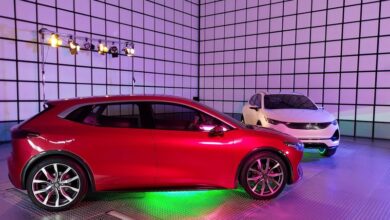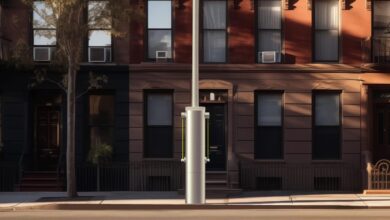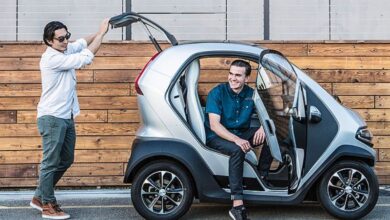Marques Brownlee says not to blame him for Fisker going bankrupt—’they were doomed long before any of my videos’

Fisker Group Inc. said in a filing with the U.S. Bankruptcy Court in Delaware that its estimated assets are between $500 million and $1 billion. It estimated liabilities are between $100 million and $500 million, with between 200 and 999 creditors.
“Like other companies in the electric vehicle industry, we have faced various market and macroeconomic headwinds that have impacted our ability to operate efficiently,” the company said in a prepared statement late Monday. “After evaluating all options for our business, we determined that proceeding with a sale of our assets under Chapter 11 is the most viable path forward for the company.”
Fisker took a hit in February when Marques Brownlee, a popular YouTuber who reviews tech, posted a video about the company’s 2022 Ocean model, titled, “The Worst Car I Ever Reviewed.” The video went viral, amassing 5.7 million views and sending Fisker’s stock plunging after its release.
Brownlee quickly took to X, formerly Twitter, on Tuesday afternoon to remind his followers not to blame him for Fisker’s bankruptcy.
“I know everyone’s commenting that I killed them, but truth is they were doomed long before any of my videos,” Brownlee wrote. “It’s sad news because we (always) need more competition in the EV space.” However, Fisker was never able to make it “over the hill,” the YouTuber added.
The 7-year-old electric car company was founded by designer Henrik Fisker, who has been its chairman and CEO. He designed the company’s 2022 Ocean all electric SUV as well as the luxury plug-in hybrid Karma that was launched in 2011. Fisker is also known for leading the development of the BMW Z8 sports car.
It is the second automotive venture led by Henrik Fisker to fail.
Fisker, based in Manhattan Beach, California, and other startups like Lordstown Motors Corp., sought to take on industry leaders like Tesla, and big automakers in Detroit, which have entered the market aggressively.
However, EV sales have slowed as manufacturers have attempted to push electric vehicles into the mainstream. Those sales have been curbed both by a lack of infrastructure, as well as rising inflation that have made taking on car loans more expensive.
Electric vehicles grew only 3.3% to nearly 270,000 during the first three months of this year, far below the 47% growth that fueled record sales and a 7.6% market share last year, according to J.D. Power. The slowdown, led by Tesla, confirms automakers’ fears that they moved too quickly to pursue EV buyers. The EV share of total U.S. sales fell to 7.15% in the first quarter.
That has led to huge price cuts and job cuts at leading companies like Tesla.
Joan Cros—NurPhoto/Getty Images
Another electric startup, Rivian, said this year that it was pausing construction of its $5 billion manufacturing plant in Georgia to speed production and save money.
Lordstown sought bankruptcy protection last summer, as it dealt with funding difficulties.
Henrik Fisker’s first attempt to start an electric car company came to an end in 2013 in bankruptcy. That collapse culminated a long downward spiral that began after Fisker received a $529 million loan commitment from the U.S. Department of Energy.
it was later learned that the U.S. Energy Department did not realize for four months that the flailing company, called Fisker Automotive Inc., had missed a crucial production target that was required as part of a half-billion dollar government loan. The mistake allowed Fisker to obtain an additional $32 million in government funding before the loan was suspended in June 2011.
Early this year Fisker Inc., the second attempt at an EV startup by Henrik Fisker, received a warning from the New York Stock Exchange after its stock dipped below $1. The company’s shares were not immediately delisted and Fisker said at the time that it planned to remain listed on the NYSE and was looking at all available options to regain compliance with NYSE’s continued listing standards.
EFisker Inc. and other U.S. subsidiaries, along with subsidiaries outside the U.S., are not currently included in the bankruptcy filing. Fisker says that it’s in advanced talks with financial stakeholders about debtor-in-possession financing and selling its assets.



